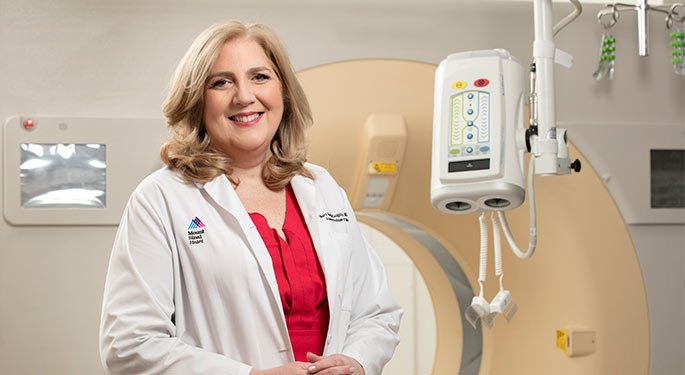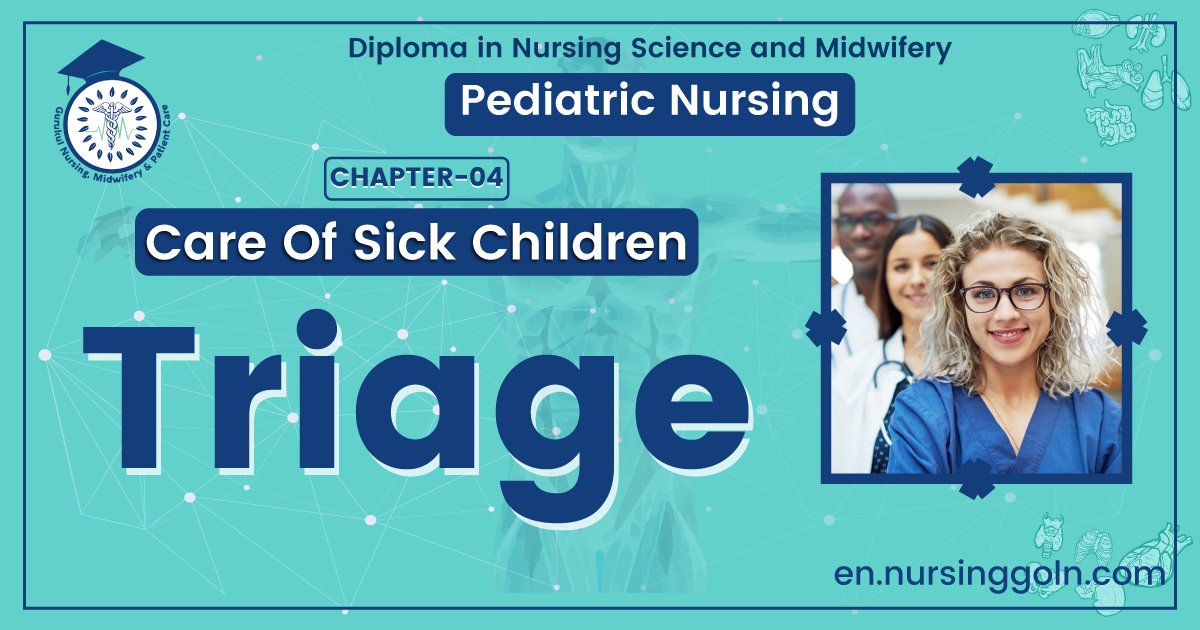Definition of Triage – Health of the children has been considered as the vital importance to all societies because children are the basic resource for the future of humankind. Nursing care of children is concerned for both the health of the children and for the illnesses that affect their growth and development. The increasing complexity of medical and nursing science has created a need for special area of child care, i.e. pediatric nursing.
Pediatric nursing is the specialized area of nursing practice concerning the care of children during wellness and illness. It includes preventive, promotive, curative and rehabilitative care of children. It emphasizes on all round development of body, mind and spirit of the growing individual. Thus, pediatric nursing involves in giving assistance, care and support to the growing and developing children to achieve their individual potential for functioning with fullest capacity.
Definition of Triage

The word “triage” means sorting.
According to WHO “Triage is the process of rapidly examining all sick children when they first arrive in hospital in order to place them categories for proper management”
Or
Triage is defined as a process of rapid screening of sick children when they first arrive in the hospital. E.g. emergency or OPD. It is done by a nurse.
Or.
TRIAGE is the sorting of patients into priority groups according to their need and the resources’ available
Identification of a Sick Child
- Identify a sick child can often be a very difficult task as the signs and symptoms of illness are very subtle in children and require careful observation. A questionnaire, which will help us to quickly identify sick children, is provided below. If the answer to any of these questions is yes, then the child could be sick.Is the child complaining of not feeling well?
- Does the child appear lethargic (more than usual)?
- Does the child have skin rashes, itchy skin or bleeding?
- Does the child appear to have a fever?
- Does the child vomit?
- Does the child have an abnormal stool?
- Does the child have a severe cough?
- Is the child not urinating?
- Does the child appear to behave differently than normal?
- Is the child refusing to eat or drink the amount that is normal for the child?
(Ref: Lecture, Holy Family Nursing Institute)
Purposes of Identify A Sick Child:
The purpose of screening is to identify the prioritization of treatment. After screening, the babies are placed in one of the following groups:
- Requiring immediate care: those with Emergency Signs.
- To be assessed and treated without delay while waiting for their turn: those with Priority Signs.
- Non-urgent cases: who have neither emergency nor priority signs.
Categories of Triage:
Those with EMERGENCY SIGNS who require immediate emergency treatment.PART
1. If you find any emergency signs, do the following immediately:
- Start to give appropriate emergency treatment.
- Call a senior health worker and other health workers to help.
- Carry out emergency laboratory investigations.
2. Those with PRIORITY SIGNS, indicating that they should be given priority in the queue, so that they can rapidly be assessed and treated without delay.
3. Those who have no emergency or priority signs and therefore are NONURGENT cases, these children can wait their turn in the queue for assessment and treatment. The majority of sick children will be non-urgent and will not require emergency treatment.
| Categories after triage | Action required |
| Emergency Cases | Need immediate emergency treatment |
| Priority Cases | Need assessment and rapid attention |
| Non-Urgent Cases | Can wait their turn in the queue |
(Ref: WHO)
Steps of Emergency Triage:
1. Check for emergency signs.
2. Airway or breathing problems.
3. Assess the child for features of shock, unconsciousness, convulsion, diarrhea etc.
4. Circulations check the capillary refill time (CRT) by applying pressure to the white of the nail for 3 see and nothing the time of total recovery of color to pink.
5. Level of consciousness can be assessed by AVPU scale:
A-Alert or awake.
V-Responds to voice.
P- Responds to pain.
U- Unconscious.
6. Severe dehydration.
7. Severe anemia.
8. Check convulsion.

Stages of Emergency Triage:
The ABCD concept
Triage of patients involves looking for signs of serious illness or injury. These emergency signs relate to the Airway-Breathing-Circulation/Consciousness- Dehydration and are easily remembered as “ABCD”.
Each letter refers to an emergency sign which, when positive, should alert you to a patient who is seriously ill and needs immediate assessment and treatment
HOW TO PERFORM TRIAGE?
Keep in mind the ABCD steps: Airway, Breathing, Circulation, Coma, Convulsion, and Dehydration.
To assess if the child has airway or breathing problems you need to know:
- Is the child breathing?
- Is the airway obstructed?
- Is the child blue (centrally cyanosed)?
- Look, listen and feel for air movement. Obstructed breathing can be due to blockage by the tongue, a foreign body, a swelling around the upper airway.(retropharyngeal abscess) or severe croup which may present with abnormal sounds such as stridor.
- Does the child have severe respiratory distress?
- Is the child having trouble getting breath so that it is difficult to talk, eat or breastfeed? Is he breathing very fast and getting tired, does he have severe chest in drawing or is he using auxiliary respiratory muscles?
To assess if the child has circulation problems you need to know:
- Does the child have warm hands?
- If not. is the capillary refill time longer than 3 seconds?
- And is the pulse weak and fast?
- In the older child the radial pulse may be used; however, in the infant, the brachial or femoral pulses may need to be felt.

To assess for dehydration you need to know:
- If the child is lethargic or unconscious
- If the child has sunken eyes
- If the skin pinch goes back very slowly
Read more:
